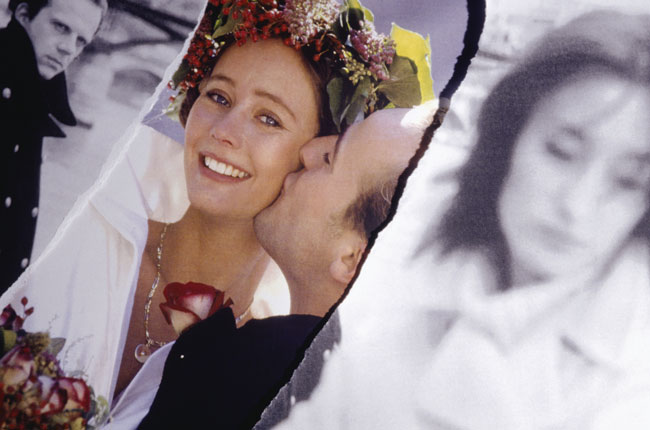In today’s society, the concept of adultery seems pretty cut and dried. It is generally defined as engaging in sexual behavior outside of one’s marriage. The majority of Americans also include romantic overtures that do not culminate in sex—the so-called “emotional affair.” Yet adultery has been defined in many ways throughout history. Many, though not all, of these proclamations have been handed down through various religious bodies.

The Oldest Religious Views
Although viewpoints varied among the oldest religions, the most common was a double standard. Men were seen as the head of the family lineage, and they were largely encouraged to take concubines in addition to wives. Concubines were considered a valuable part of the family, and their children were legitimate. Having an affair with another man’s wife, however, was frequently punishable by death, as was any extramarital sexual activity by a woman.
Some societies bent these rules during fertility celebrations or other religious rites. Some expanded the definition of adultery to include taking another woman’s virginity. But by and large, adultery was not considered sinful, and laws surrounding it were based on property rights.
Post-Exile Judaism
Before the Babylonian exile, Hebrew society had few rules regarding sexual practices. Post-exile, however, Judaism began to codify sexual behavior. At first, religious laws demanded that women marry as virgins and never stray, while men were forbidden to have affairs with other men’s wives. Gradually, marital sex became increasingly structured, including dictates as to how many times per week or month it was required based on job classification. And for the first time, adultery became forbidden by religious law for both men and women.
Ancient Greece and Rome
Although the men of ancient Greece were well-known for their sexual appetites, with concubines and courtesans readily available, they also had an increasing sense that celibacy was more pure and heavenly. Likewise, although ancient Rome was largely a libertine empire, with adultery freely practiced by both men and women, some philosophers began to teach a more ascetic way of life.
Early Christianity
Although celibacy was not officially required for clergy until the 11th century, early Christian leaders embraced the asceticism of Greek and Roman philosophers and the strict sexual codification of Judaism. As celibacy became the ideal, adultery began to be viewed as the ultimate sin for both men and women.
Modern Morality
Today, the vast majority of Western religions view adultery as sinful. There are certainly sects that allow for polygamy, or the taking of multiple wives, such as certain segments of the Mormon faith. A handful of sects even allow women to take multiple husbands, including tribal religions in remote parts of Africa and the Himalayas. For the most part, however, marriage is considered both legally and religiously to go hand in hand with monogamy. While divorce is often discouraged, it is generally not forbidden. But adultery remains a terrible sin in most mainstream religions.
Looking for verifiable information on the science of attraction and relationships? We’re a neuroscientist and a biological anthropologist eager to help you put the Anatomy of Love to work in your own life.
Written by Lisa Fritscher
NEXT












































